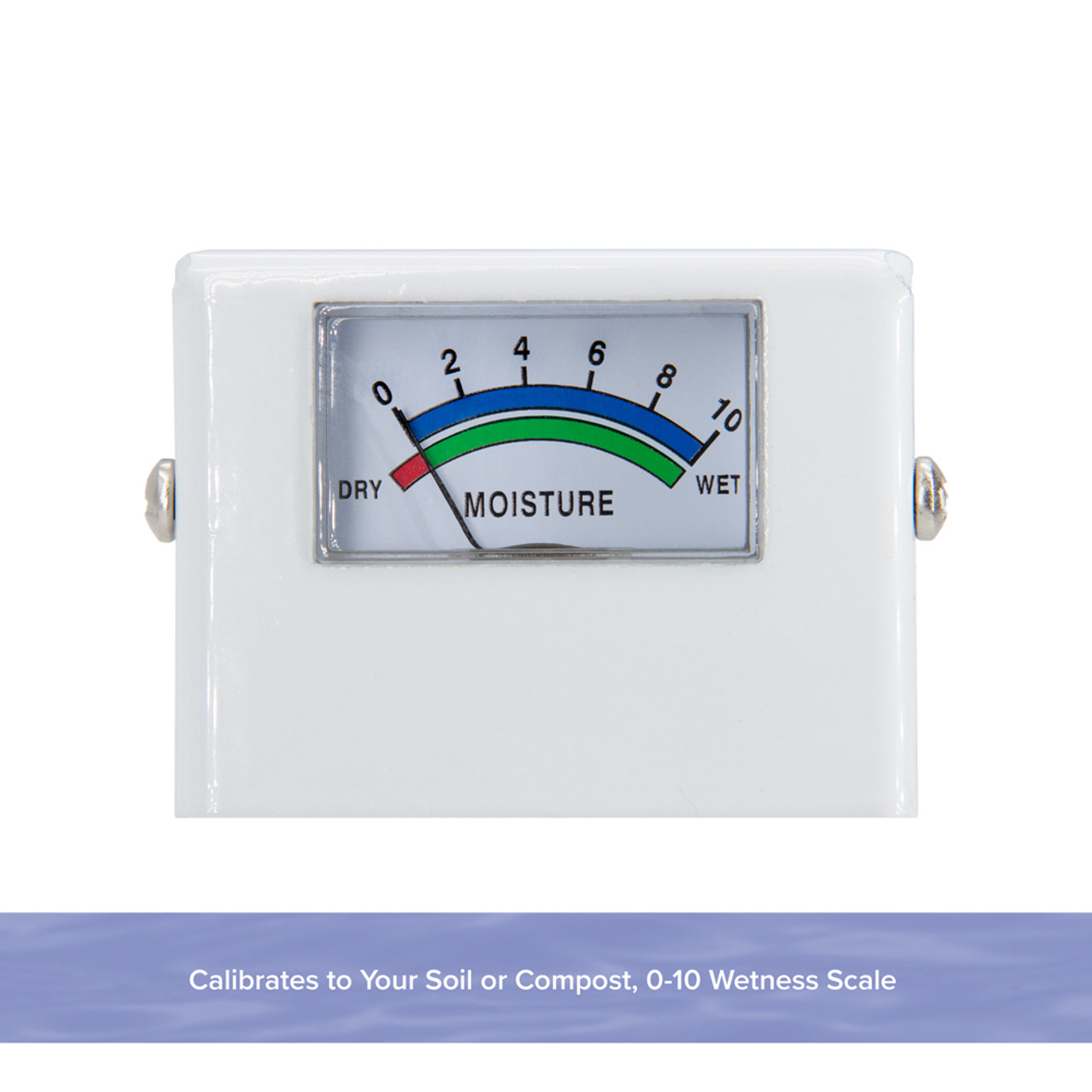Understanding the Various Types of Moisture Meters and Their Applications
Understanding the Various Types of Moisture Meters and Their Applications
Blog Article
Comprehending the Significance of a Moisture Meter in Avoiding Mold and Water Damage in Your Home
In the world of home maintenance, the presence of wetness can usually be a silent yet powerful opponent, with the ability of causing prevalent mold and mildew development and insidious water damages if left untreated. Amidst the tranquil atmosphere of a house, hidden wetness problems can brew underneath the surface, posturing a hazard to both home and wellness. Outfitted with the right devices and knowledge, house owners can proactively deal with these prospective dangers. Comprehending the value of a dampness meter in this battle is not merely a choice but a strategic requirement.
Significance of Moisture Detection
Efficient wetness detection methods are important for securing homes and avoiding potential mold growth and water damages. Moisture can leak into different building products, bring about structural concerns and carcinogen. By using a wetness meter, homeowner can proactively recognize areas prone to excess dampness, allowing for timely intervention and reduction approaches.
Moisture meters give accurate readings of moisture levels in different materials such as concrete, wood, and drywall. This information assists in pinpointing areas of issue, even in concealed or hard-to-reach locations. Early detection of dampness build-up allows prompt repair services or adjustments to protect against further damages.

Just How Moisture Meters Job
Wetness meters play an essential duty in the positive identification of excess wetness, assisting in the avoidance of prospective mold and mildew growth and water damage by offering exact analyses of dampness degrees in various building materials. These tools function based upon various concepts, depending upon their type. Moisture Meter. Pin-type moisture meters, as an example, have 2 pins that permeate the material to gauge the electrical resistance between them. When wetness is present, it boosts the material's conductivity, leading to a lower resistance reading. Pinless moisture meters, on the other hand, use electro-magnetic sensing units to scan the product without creating damages. These sensors release electro-magnetic signals that penetrate the material and measure the dielectric homes, suggesting dampness material. Some advanced wetness meters pin both integrate and pinless innovations for extensive wetness discovery. Recognizing how moisture meters feature is crucial for prompt and exact moisture degree assessments, enabling effective preventive measures versus mold and mildew and water damage.
Finding Early Warning Indications
Upon preliminary evaluation of a residential property, identifying subtle indicators of excess dampness comes to be critical in the early detection of potential mold development and water damages. Some common early indication include stuffy odors, water discolorations on wall surfaces or ceilings, peeling off paint or wallpaper, and deformed or stained surfaces. Musty smells often show the presence of mold and mildew or mildew, even if no visible indications are apparent. Water spots can indicate leakages or infiltration, while peeling paint site web or wallpaper might be a result of wetness endangering the bond of these products to the surface area. Distorted or tarnished surfaces, such as distorting floorboards or blemished drywall, are clear indicators of water damages. Furthermore, a rise in allergy signs or respiratory system concerns amongst passengers may recommend the presence of mold and mildew due to excess wetness. By quickly identifying and attending to these very early warning signs, home owners can alleviate the danger of comprehensive mold and mildew development and water damages in their homes.
Stopping Mold Development
Acknowledging early warning indicators of excess wetness within a home not just allows punctual discovery of potential mold and mildew growth and water damage however also serves as a positive action in stopping the expansion of mold and mildew. To properly prevent mold growth, it is crucial to address any type of sources of dampness immediately.
Keeping track of wetness levels in locations vulnerable to dampness, such as cellars and creep rooms, using a moisture meter can likewise assist in early detection of elevated dampness degrees and potential mold and mildew development - Moisture Meter. By taking proactive procedures to stop excess dampness and mold and mildew growth, house owners can guard their property and interior air quality.
Benefits of Regular Surveillance
Routine tracking of wetness levels in a home can play an essential role in keeping a healthy and balanced interior setting and see this here stopping potential mold and water damage. By regularly checking moisture levels, home owners can identify any problems immediately and take necessary actions to protect against mold and mildew growth and water damage.
Furthermore, regular surveillance allows home owners to track patterns and trends in dampness levels over time. Ultimately, the regular monitoring of moisture levels encourages house try this out owners to protect their residential or commercial property, secure their wellness, and maintain the integrity of their interior environment.

Conclusion

By utilizing a dampness meter, home owners can proactively recognize areas prone to excess dampness, enabling for timely intervention and mitigation methods.

Monitoring wetness levels in locations vulnerable to moisture, such as basements and crawl spaces, using a moisture meter can also assist in early discovery of elevated dampness levels and prospective mold development. (Moisture Meter)
Report this page